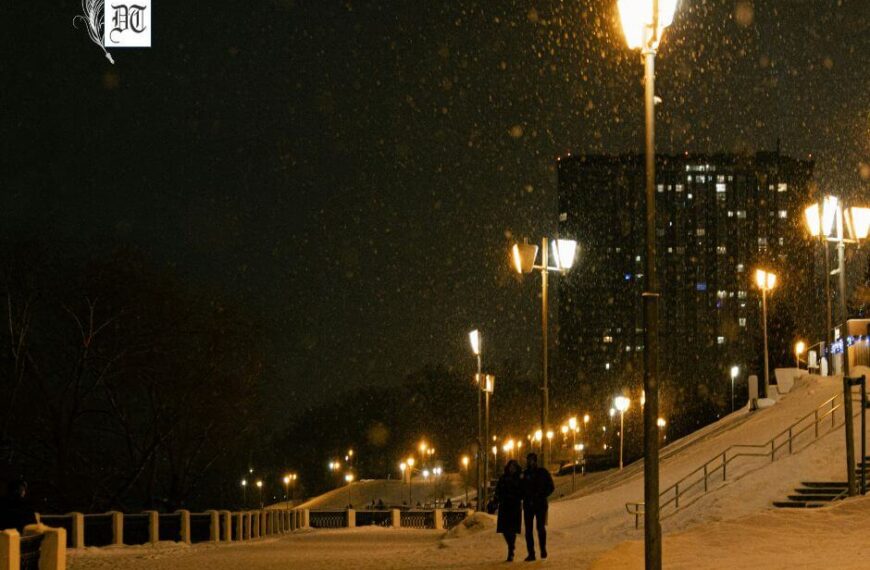Tagore sent his emissaries to Babu Chintamani Ghosh with a request to make some arrangement for the benefit of Vishwa Bharati. At that time Tagore was in Colombo. Tagore had promised that he would abide by whatever decision Chintamani Babu took. Chintamani Babu didn’t think like a businessman but like a true friend and advised Tagore that Vishwa Bharati must start its own publishing division. Here’s the second part of the three-part article, by Arindam, exclusively for Different Truths.
In 1922, Rabindranath Tagore had founded the Vishwa Bharati at Shantiniketan, Bolpur and dedicated it to the nation. Great leaders like Mahatma Gandhi, Pt. Jawaharlal Nehru had visited Shantiniketan. Eminent scholars like Nirala, Hazari Prasad Dwivedi and our former Prime Minister Indira Gandhi had studied in this famous Vishwa Bharati University started by Tagore.
Meanwhile, Tagore had transferred the copyright of all his Bengali works to Vishwa Bharati. Tagore now wanted some alternate arrangement regarding the publication of his Bengali works so that Vishwa  Bharati could be financially benefited.
Bharati could be financially benefited.
It’s worth mentioning that Tagore had designed the logo of Vishwa Bharati in Hindi. To enrich Vishwa Bharati financially, sometimes by the end of 1922, Tagore sent his emissaries namely Prashant Chandra Mahalnobis, Nepal Chandra Roy and Surendra Nath Thakur to Babu Chintamani Ghosh with a request to make some arrangement for the benefit of Vishwa Bharati. At that time Tagore was in Colombo. Tagore had promised that he would abide by whatever decision Chintamani Babu took. However, Chintamani Babu didn’t think like a normal businessman but like a true friend and advised Tagore that Vishwa Bharati must start its own publishing division and look into interests of publishing all Tagore works henceforth.
Tagore was happy and pleasantly surprised by this advice of Chintamani Babu. He had a great heart and gladly relinquished the entire publishing right in favour of Vishwa Bharati and agreed to transfer the entire printed stock for Rs. 84,000/- which was equivalent to 33.33 percent of the actual sale price. At the time of stock and copyright transfer, Indian Press had more than 100 titles of Tagore’s works.
for Rs. 84,000/- which was equivalent to 33.33 percent of the actual sale price. At the time of stock and copyright transfer, Indian Press had more than 100 titles of Tagore’s works.
Shishu Bholanath, printed in 1922, was the last book that Indian Press printed in 1922. Selling Tagore’s books was a lucrative business for Indian Press. In 1922, Tagore’s book sales fetched more than Rs. 20,000/-, but besides being a shrewd businessman, Chintamani Babu was a thorough gentleman and for him, it was more important to fulfil the poet’s request and he did so with the same open-mindedness and generosity that had characterised with all his business dealings with Tagore.
Thus, the relationship between Tagore and Indian Press mutually came to an end in early 1923. Tagore appreciated this kind-heartedness of Babu Chintamani and wrote a letter to him from Colombo stating, “I should like to add my personal appreciation of the efficient manner in which you and your press have always performed your part of the agreement till the very end.” Tagore too at heart was very sad that the beautiful relationship he shared with Indian Press for fifteen long years when he was troubled by financial crisis came to an end but as gratitude, Tagore gave Chintamani Babu the rights to print his works in Hindi. The famous poet Nirala was being entrusted to translate Tagore’s works in Hindi but unfortunately, after the initial agreement, the matter did not materialise as Chintamani Babu was keeping unwell and passed away on 11th August 1928.
(To be continued)
©Arindam Ghosh
Photos from the Internet
#RabindranathTagore #IndianPress #RalationshipOfRabindranathAndIndianPress #Shantiniketan #Publication #BabuChintamani #DifferentTruths



 By
By

 By
By
 By
By